There are many tech gadgets on the market, but not all of them are worth your time or money. Especially when you’re trying to kick a technology habit, it can be hard to know which gadgets will help and which ones won’t.
We’ve done the research so that you don’t have to! Here’s a list of our favorite cool new tech gadgets that might just be what you need.
- Xiaomi AI Glasses
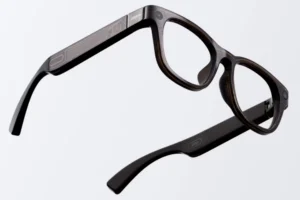 Xiaomi AI Glasses are stylish, lightweight smart eyewear designed for audio-centric interaction—they feature a built-in AI assistant, first‑person 12 MP camera with 2K video, and practical tools like real‑time translation and QR‑based payments.
Xiaomi AI Glasses are stylish, lightweight smart eyewear designed for audio-centric interaction—they feature a built-in AI assistant, first‑person 12 MP camera with 2K video, and practical tools like real‑time translation and QR‑based payments. - ONEXSUGAR
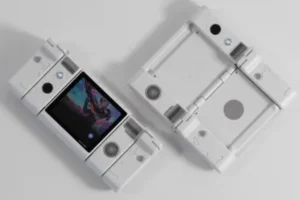 The OneXSugar is an Android-based gaming handheld that boasts a unique dual-screen, transformable design, allowing it to switch between single-screen and dual-screen configurations.
The OneXSugar is an Android-based gaming handheld that boasts a unique dual-screen, transformable design, allowing it to switch between single-screen and dual-screen configurations. - Minisforum HX100G
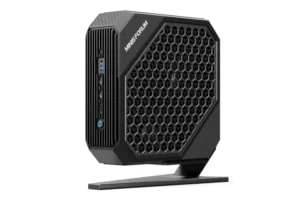 The Minisforum HX100G is a high-performance mini PC designed for gamers, creators, and professionals who need desktop-class power in a compact form factor.
The Minisforum HX100G is a high-performance mini PC designed for gamers, creators, and professionals who need desktop-class power in a compact form factor. - Lenovo Legion Go
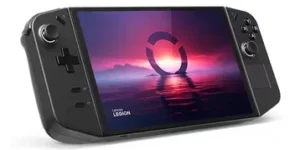 The Lenovo Legion Go is a handheld gaming computer developed by Lenovo, released in October 2023, and part of their Lenovo Legion line of gaming products.
The Lenovo Legion Go is a handheld gaming computer developed by Lenovo, released in October 2023, and part of their Lenovo Legion line of gaming products. - GPD G1 Graphics Card Expansion Dock
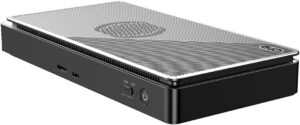 The GPD G1 Graphics Card Expansion Dock is a powerful and capable external GPU (eGPU) enclosure that packs a powerful punch in a portable and flexible format.
The GPD G1 Graphics Card Expansion Dock is a powerful and capable external GPU (eGPU) enclosure that packs a powerful punch in a portable and flexible format. - 12 Interesting Facts about Steam DeckThe flexibility of PC gaming with the accessibility and portability of handheld gaming is a great combination that many gamers will love.